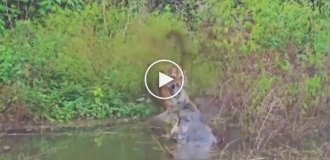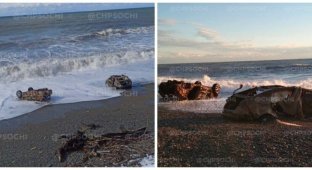There are many amazing and interesting things in the world. And scientists are sure that for the development of the brain it is very important to learn new information every day. In this post you will read interesting facts that will add to your knowledge base. 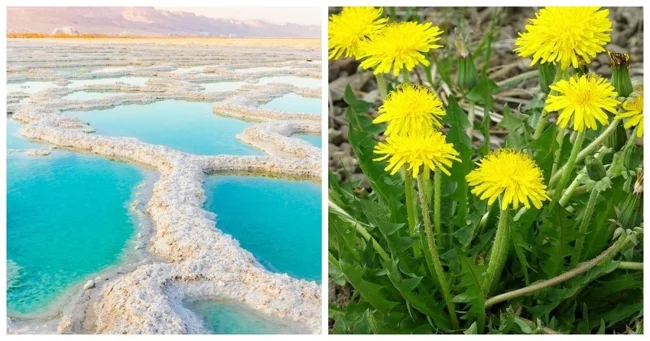
1. The Dead Sea is not quite dead 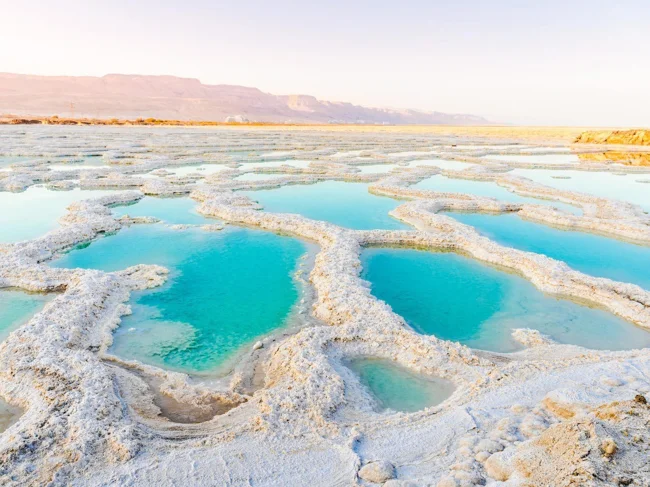
The real masters of this reservoir are archaea. These are the most ancient single-celled creatures, similar to bacteria, but differing from them in structure. They are not affected by lethal concentrations of salt - they not only survive, but thrive in this environment, receiving energy from the sun and feeding on processed organic matter. Archaea have unique enzymes that allow them to exist in saturated salt solutions in which most organisms simply disintegrate.
2. In the cold, the nose turns red, and the hands and feet turn pale 
The blood supply to the nose performs several important functions and helps the body maintain overall thermoregulation. The air in the nose is warmed and humidified. In the cold, the body tries to protect itself by sending more blood to the nose to maintain its function. At the same time, the opposite process occurs in the fingers and toes: in order to conserve heat in more important organs, the vessels in the fingers narrow even more, limiting the flow of blood and oxygen.
3. Long-lived turtles 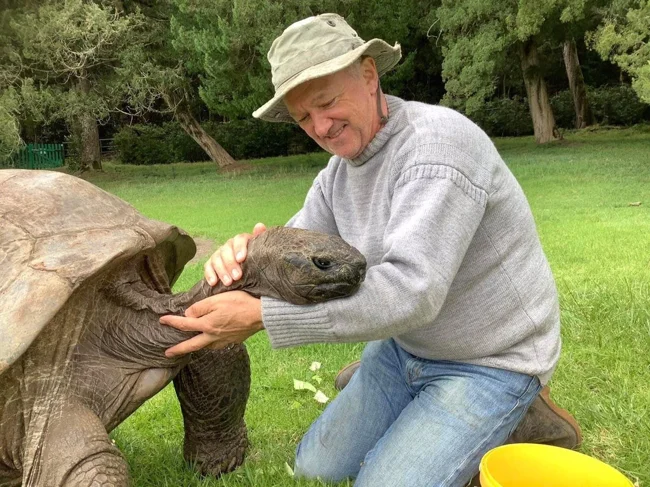
Among turtles, there are real record holders in life expectancy. For example, land giant tortoises from the Galapagos Islands or the Seychelles can really live up to 150-200 years. Some of them become real legends - like Jonathan, a tortoise from the island of St. Helena, who is already over 190 years old.
4. The color of eggs depends on the breed of chicken 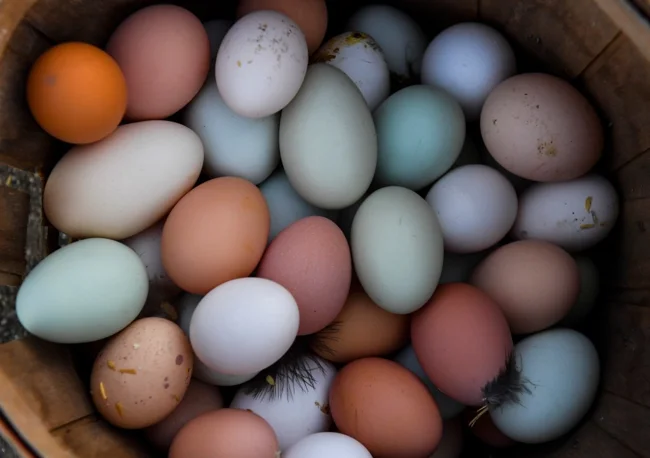
Chickens of different breeds lay eggs of different colors. The difference in color is due to the fact that during the formation of the shell of brown eggs, the pigment protoporphyrin, associated with hemoglobin, is deposited on it. White eggs do not contain any coloring substances at all, so their shell remains pure white. However, despite the visual differences, the taste, nutritional value and composition of the egg are the same.
5. What does the wish "tipun na yazyk" mean 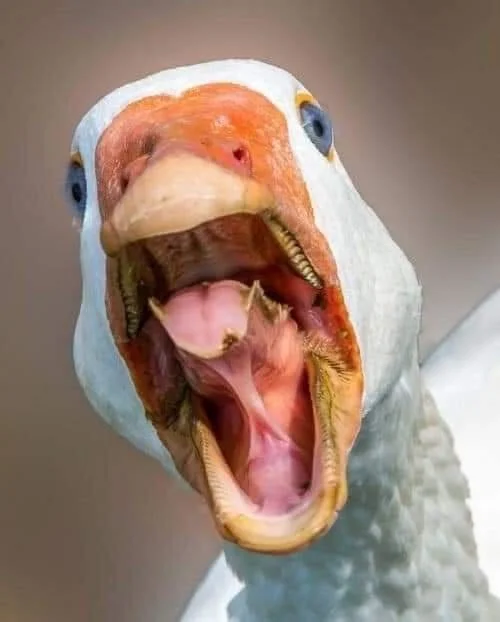
Tipun is a small cartilaginous growth on the tip of a bird's tongue that helps them to capture and digest coarse food, such as grains. But when this growth becomes inflamed, it can grow, being a symptom of an unpleasant disease. This is what the wish "tipun na tebya na yazyk" is associated with.
6. Where did the word "plov" come from? 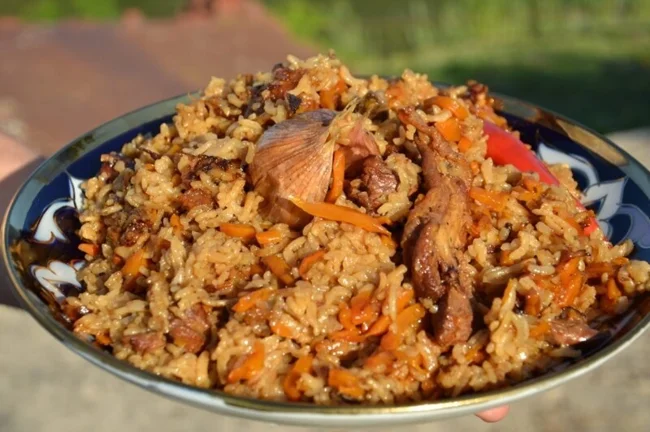
The origins of the word "plov" go back to the Persian language. In ancient Persian there was a word "pilaf", which meant a rice dish cooked with meat, vegetables, spices and butter. From Persia, the word spread throughout the East, getting into Turkic and Arabic.
7. Dandelion is a unique plant 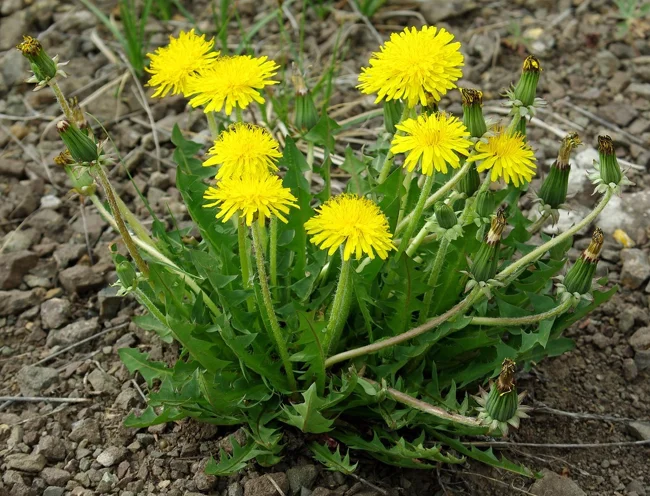
Dandelion can predict the weather. When rain approaches, it closes its petals tightly to protect its seeds from moisture. When the "fluffy" season comes, the white parachute turns into a precise engineering system. Dandelion seeds can fly up to five kilometers using the slightest air currents. Their structure and lightness are fantastic, and inspire scientists to innovative developments.
8. The Netherlands and Belgium share a 450-kilometer-long border that runs through houses and streets 
9. Sailors have long carved patterns into shells or whale bones to pass the time on long voyages and to document events. They often carved intricate designs or scenes into them 
10. Around 4.5 trillion cigarette butts are thrown away worldwide each year, making them the most common form of trash on the planet 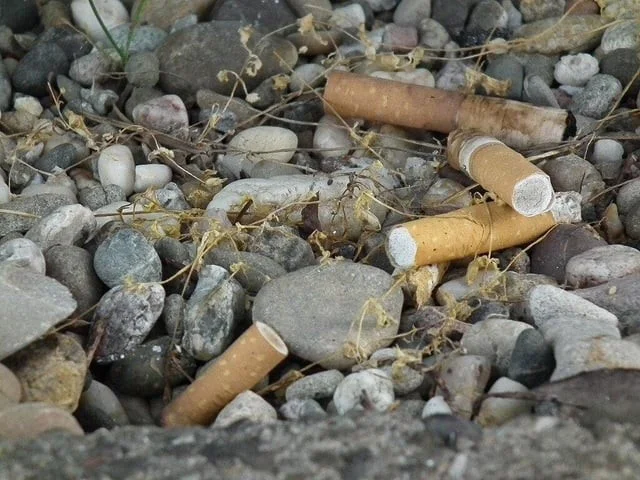
Add your comment
You might be interested in:


